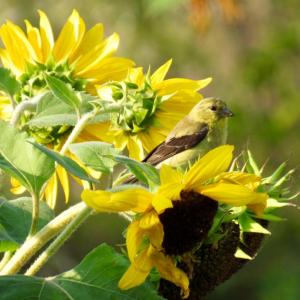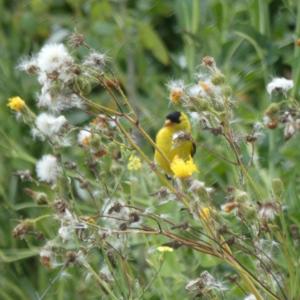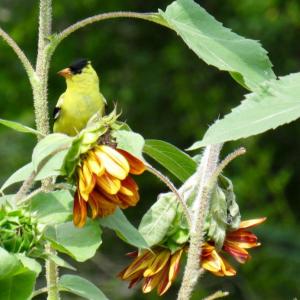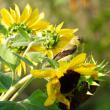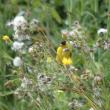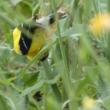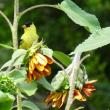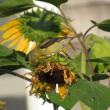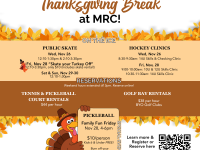Kristen Lindquist: Goldfinches make the most of late summer
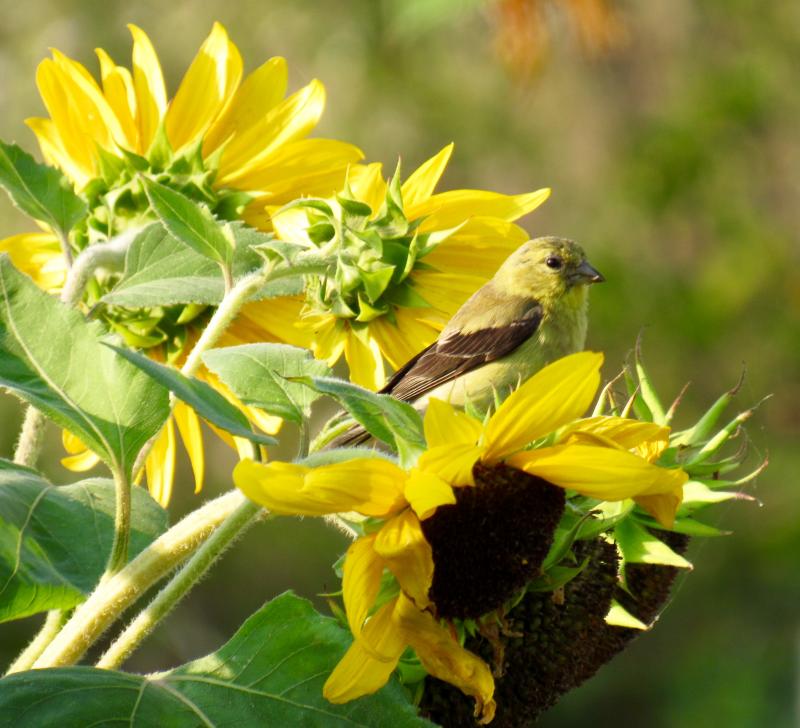 The female American Goldfinch in breeding plumage is a less vivid yellow overall than the male. (Photo courtesy Kristen Lindquist)
The female American Goldfinch in breeding plumage is a less vivid yellow overall than the male. (Photo courtesy Kristen Lindquist)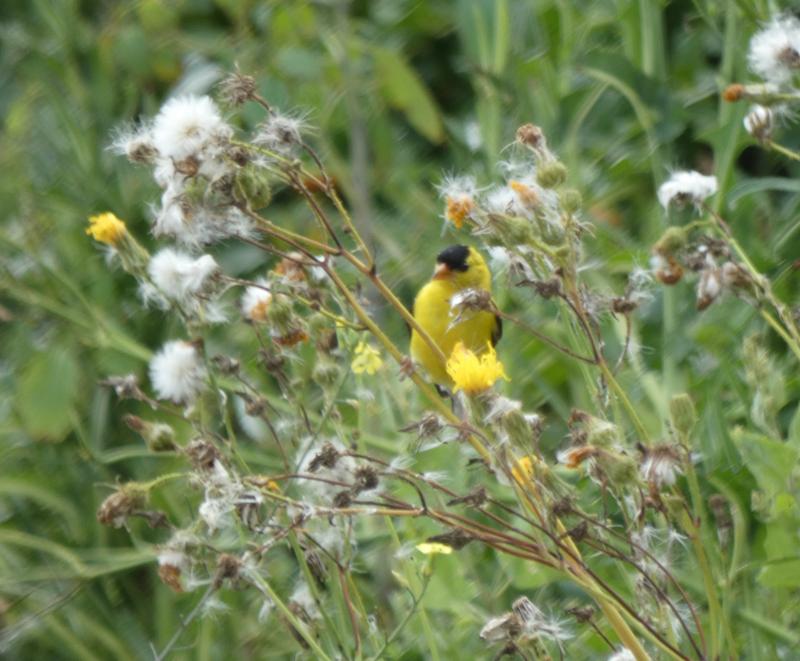 A goldfinch feeds in a patch of sow-thistle. (Photo courtesy Kristen Lindquist)
A goldfinch feeds in a patch of sow-thistle. (Photo courtesy Kristen Lindquist)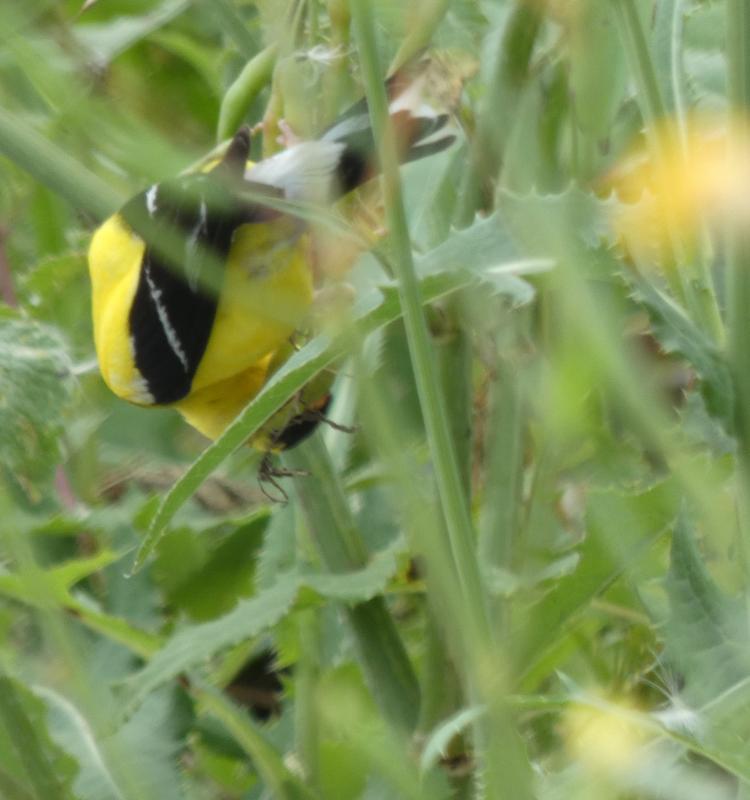 (Photo courtesy Kristen Lindquist)
(Photo courtesy Kristen Lindquist) A male American Goldfinch in breeding plumage sports lemon yellow plumage with black wings and a jaunty black cap. (Photo courtesy Kristen Lindquist)
A male American Goldfinch in breeding plumage sports lemon yellow plumage with black wings and a jaunty black cap. (Photo courtesy Kristen Lindquist)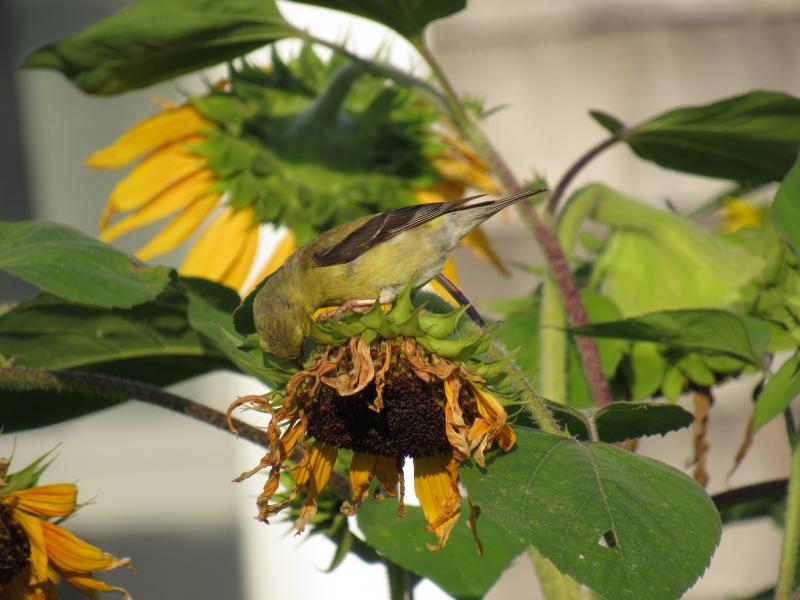 Goldfinches love sunflower seeds, especially when they come straight from the source. (Photo courtesy Kristen Lindquist)
Goldfinches love sunflower seeds, especially when they come straight from the source. (Photo courtesy Kristen Lindquist)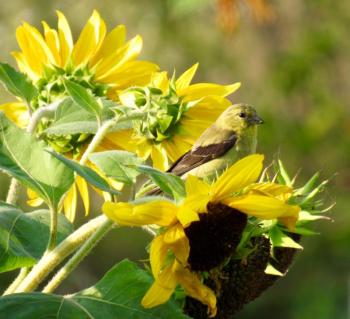 The female American Goldfinch in breeding plumage is a less vivid yellow overall than the male. (Photo courtesy Kristen Lindquist)
The female American Goldfinch in breeding plumage is a less vivid yellow overall than the male. (Photo courtesy Kristen Lindquist) A goldfinch feeds in a patch of sow-thistle. (Photo courtesy Kristen Lindquist)
A goldfinch feeds in a patch of sow-thistle. (Photo courtesy Kristen Lindquist)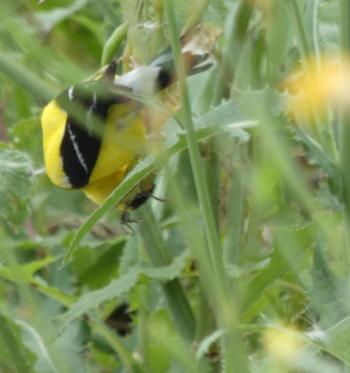 (Photo courtesy Kristen Lindquist)
(Photo courtesy Kristen Lindquist)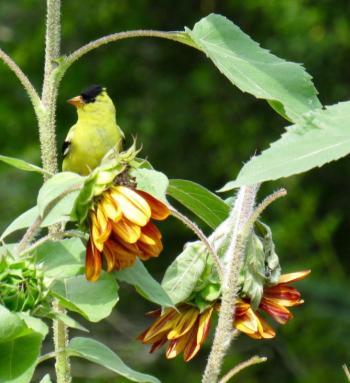 A male American Goldfinch in breeding plumage sports lemon yellow plumage with black wings and a jaunty black cap. (Photo courtesy Kristen Lindquist)
A male American Goldfinch in breeding plumage sports lemon yellow plumage with black wings and a jaunty black cap. (Photo courtesy Kristen Lindquist)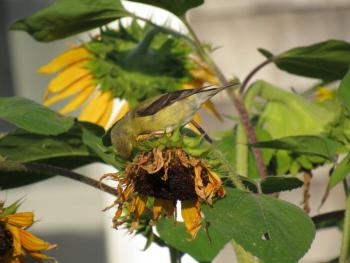 Goldfinches love sunflower seeds, especially when they come straight from the source. (Photo courtesy Kristen Lindquist)
Goldfinches love sunflower seeds, especially when they come straight from the source. (Photo courtesy Kristen Lindquist)By late summer, birdsong has quieted. Shorebirds’ southward migration is underway. Fledged birds—from sparrows to hawks—are newly on their own. Robins are considering a third nesting. And goldfinches... well, the goldfinches are just getting started.
A very familiar backyard bird here in Maine and most of the United States, the male American Goldfinch’s bright yellow and black summer plumage makes him highly visible—and a favorite of many backyard bird-watchers. In fact, the species is so well loved that it’s the state bird of no less than three states: Iowa, New Jersey, and Washington.
For months I’ve been hearing the birds’ high, sweet voices, calling incessantly as they flit in small flocks around our neighborhood. Goldfinches are wonderfully vocal, with a wide range of twitters, chirps, cat-like whines, and warbles. And in their undulating flight, as they dip and rise over the yard, they always make me smile as they call out what sounds just like, “Potato chip! Potato chip!”
The goldfinches in my yard have spent their summer vacation chatting about potato chips while hogging the seeds in my window feeder, often chasing off the larger House Finches and titmice. Only now are they finally getting serious with one another and nesting, the very last songbird around to do so.
Why do they wait so long to get hot and heavy? As with many bird species, the short answer is food. With their small but strong finch bills, goldfinches are almost exclusively seed-eaters—hence their predilection for our bird feeders. But while I usually see fewer goldfinches at my feeders in late summer, that doesn’t mean they aren’t around or that something has happened to them. Sure, our feeders give them a boost. But the reality is that goldfinches prefer wild food when they can get it.
And late summer is a veritable wild food buffet. When plants we generally think of as weeds—such as ragweed, goldenrod, aster, mullein, dandelion, and thistle—go to seed along roadsides and field edges, the goldfinches go to them. Thistle seeds, especially, are a big favorite. The bird’s original genus name, Carduelis, derived from the Latin word for thistle, reflected this. (Its current scientific name, Spinus tristis, basically means “sad bird,” presumably based on the poignancy of some of its calls.)
If the timing is right, nesting will coincide with the appearance of thistle seeds, the fluff of which is often used to line nests. Goldfinch parents chow down on these seeds and feed them to their hungry nestlings, thus spreading around more thistle seed: a rhythmic cycle of bird and plant that has persisted for hundreds of generations. From egg to fledgling takes about a month. The parent birds continue to feed their kids for a few weeks after they leave the nest, until they figure out how to feed themselves.
And watching them feed themselves provides much entertainment. This acrobatic little bird balances skillfully on slender stems, twisting its body to pluck seeds from flowers. A flock of goldfinches can be dazzling at your bird feeders, as well—a shifting, jostling show of vibrant avian energy. And color: I love it when my feeder hosts goldfinches alongside a cardinal and maybe a Blue Jay, each of the primary colors on display.
Seems like there are always a few of these little yellow charmers around to lift the spirits, any time of year. Goldfinches in the southern half of Maine are non-migratory. (Northern Maine goldfinches migrate a short distance south for the winter, adding to our flocks in southern Maine.) Gregarious year-round, goldfinch pairs will even nest near each other, although the nesting couples are (seasonally) monogamous.
If you want to attract goldfinches (and other finches) to your yard, a good bet is to hang up a “thistle” sock, a mesh fabric feeder filled with what’s often referred to as thistleseed but is actually nyjer, small black seeds of an African type of daisy. Even better, encourage or plant wild thistle, aster, and milkweed, for more natural food options which will also attract butterflies as well as birds.
The sunny little goldfinch also particularly enjoys sunflower seeds, in a feeder or straight from the plant itself. The combination of the bright yellow bird on a big gold sunflower head has always seemed to me the perfect embodiment of late summer: the bold colors of the August sun shining from both bird and blossom, reflecting the essence of fruition, harvest, and the continuity of life.
Like the waning heat and light of the late summer sun, however, Mr. Goldfinch’s vivid yellow plumage will soon dim. The American Goldfinch is the only bird in its family of finches that molts twice a year. Come fall, both male and female birds will sport an entirely new, duller set of feathers. The male’s lemon yellow changes over to a mostly muted olive brown, with a yellowish cast to his head. His wings remain black with wing bars, but he loses his jaunty black cap. The female’s yellow-olive summer plumage, which was already a muted version of the male’s, changes to an even duller, unstreaked brown, while also retaining black wings with pale wingbars.
Come spring, a new molt for both genders replaces all their feathers again except the black wing feathers (black feathers are generally stronger). Once again, the male will flash his cheery yellow plumage to attract the more subtly yellow female. Once again, their antic chitter-chatter will fill the spring air, prelude to the many months of courtship until thistle seeds waft once more in the late summer breeze.
Kristen Lindquist is an amateur naturalist and published poet who lives in her hometown of Camden.
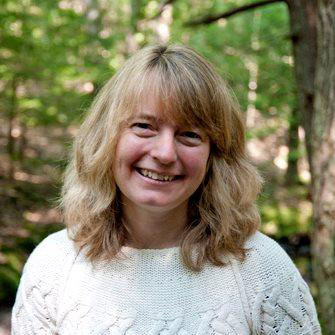
Event Date
Address
United States

